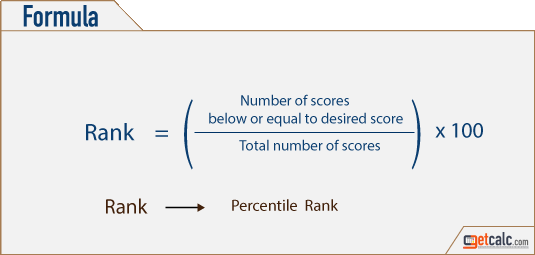

R S E = ∑ i = 1 n y i - y ^ i 2 n - p - 1 The predicted value Y ^ changes by the coefficient b j for each unit change in X j assuming all the other variables, X k for k ≠ j,Īdding an extra finished square foot to a house increases the estimated value by roughly $229 Īdding 1,000 finished square feet implies the value will increase by $228,800.

The interpretation of the coefficients is as with simple linear regression: Printing house_lm object produces the following output: house_lm Call : lm ( formula = AdjSalePrice ~ SqFtTotLiving + SqFtLot + Bathrooms + Bedrooms + BldgGrade, data = house, na.action = na.omit ) Coefficients : ( Intercept ) SqFtTotLiving SqFtLot Bathrooms -5.219e+05 2.288e+02 -6.051e-02 -1.944e+04 Bedrooms BldgGrade -4.778e+04 1.061e+05 The lm handles the multiple regression case simply by including more terms on the righthand side of the equation the argument na.action=na.omit causes the model to drop records that have missing values: house_lm <- lm ( AdjSalePrice ~ SqFtTotLiving + SqFtLot + Bathrooms + Bedrooms + BldgGrade, data = house, na.action = na.omit ) The goal is to predict the sales price from the other variables. Here are a few rows of housing data from King County (Seattle), Washington, from the house ame: head ( house ) Source : local data frame AdjSalePrice SqFtTotLiving SqFtLot Bathrooms Bedrooms BldgGrade Real estate consumers and professionals consult popular websites such as Zillow to ascertain a fair price. It is our knowledge of the marketing process, not the regression equation, that leads us to the conclusion that clicks on the ad lead to sales, and not vice versa.Īn example of using regression is in estimating the value of houses.Ĭounty assessors must estimate the value of a house for the purposes of assessing taxes. However, by itself, the regression equation does not prove the direction of causation.Ĭonclusions about causation must come from a broader context of understanding about the relationship.įor example, a regression equation might show a definite relationship between number of clicks on a web ad and number of conversions. Universities use regression to predict students’ GPA based on their SAT scores.Ī regression model that fits the data well is set up such that changes in X lead to changes in Y. In marketing, regression can be used to predict the change in revenue in response to the size of an ad campaign. In this instance, the main items of interest are the fitted values Y ^. Regression is widely used to form a model to predict individual outcomes for new data, rather than explain data in hand (i.e., a predictive model).

In such cases, the focus is not on predicting individual cases, but rather on understanding the overall relationship. Public health officials might want to understand whether a public information campaign is effective in promoting safe sex practices. In this case, the primary focus is on the estimated slope of the regression equation, b ^.Įconomists want to know the relationship between consumer spending and GDP growth. The goal has been to understand a relationship and explain it using the data that the regression was fit to. Historically, a primary use of regression was to illuminate a supposed linear relationship between predictor variables and an outcome variable. Prediction versus Explanation (Profiling)


 0 kommentar(er)
0 kommentar(er)
